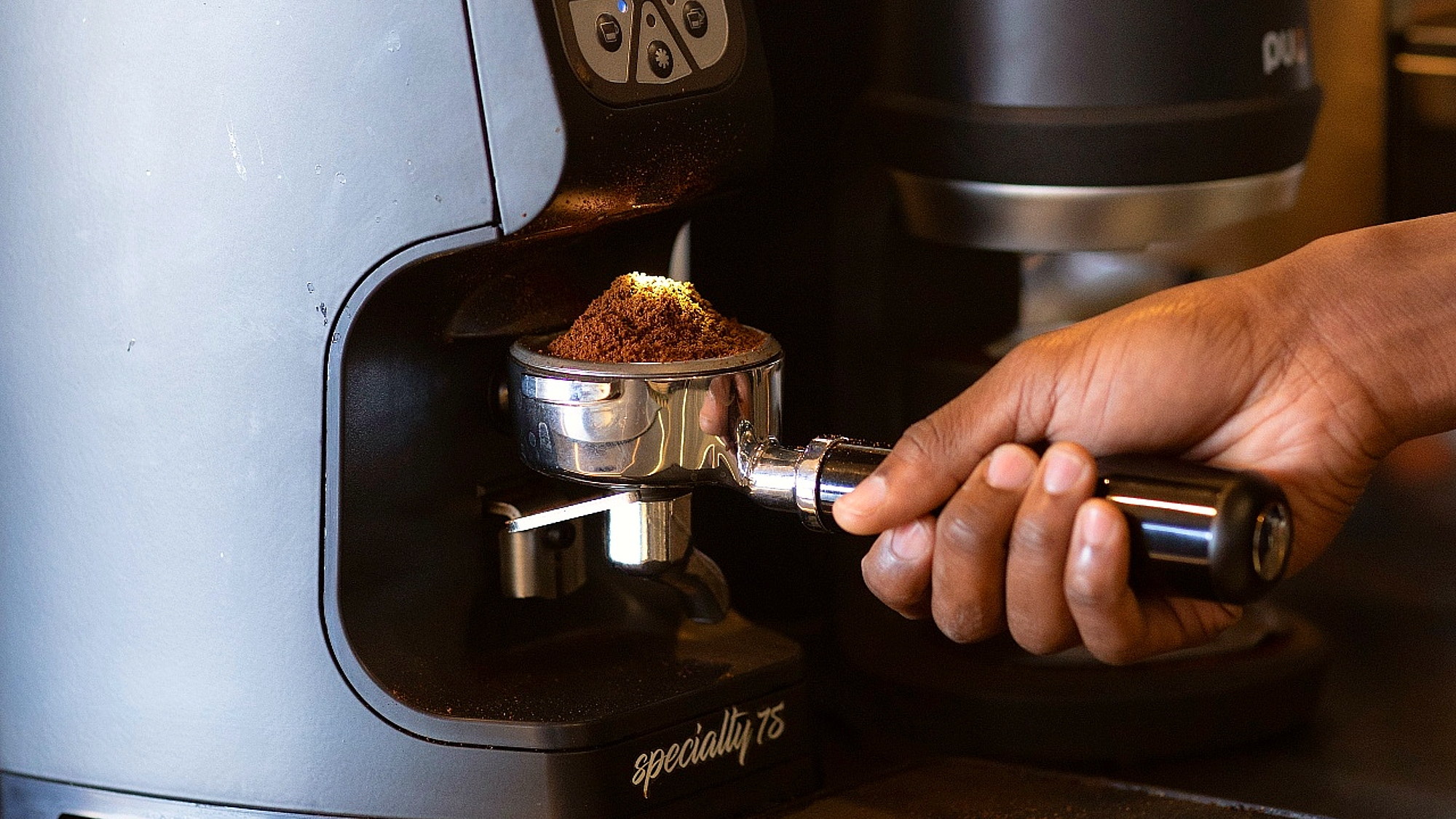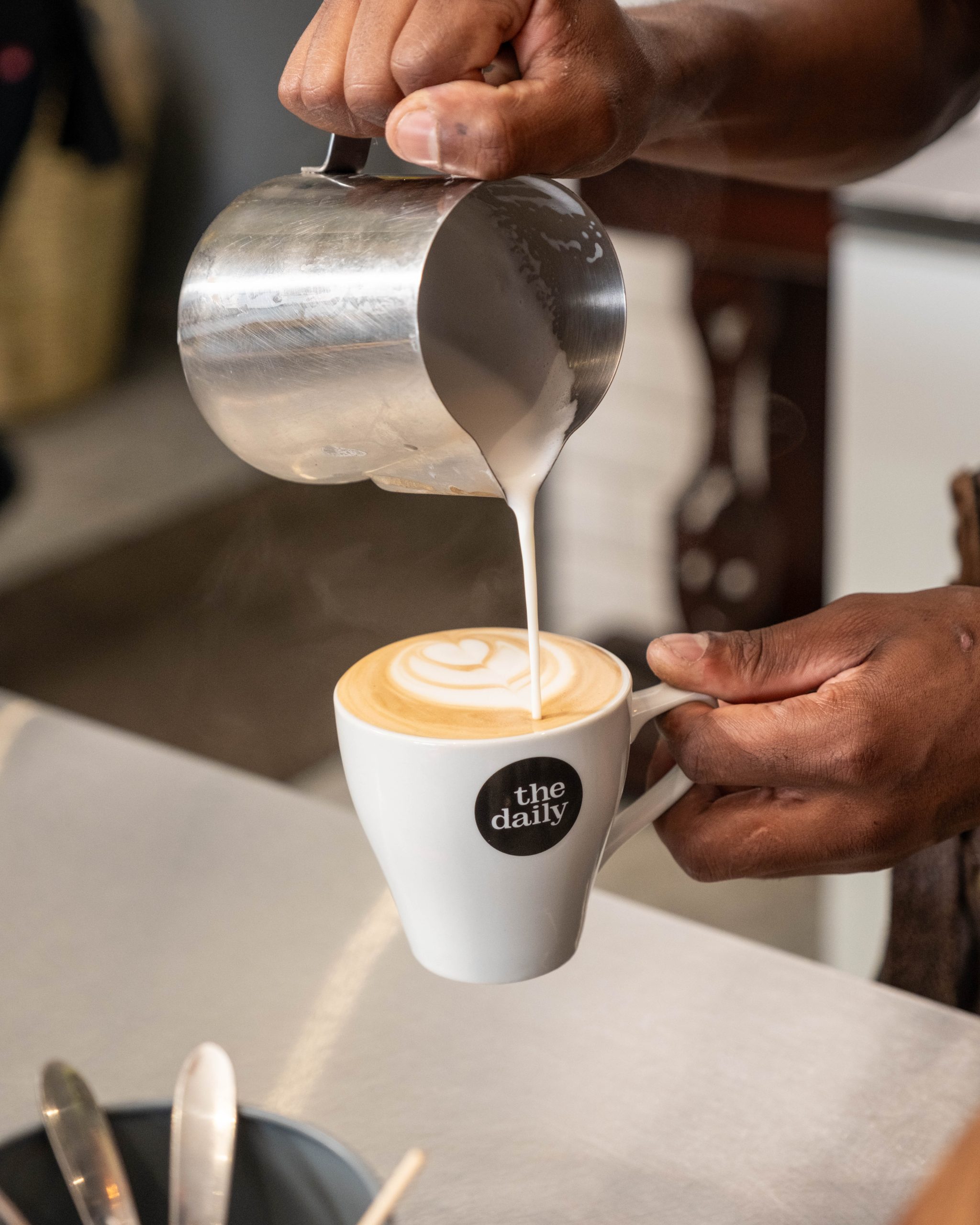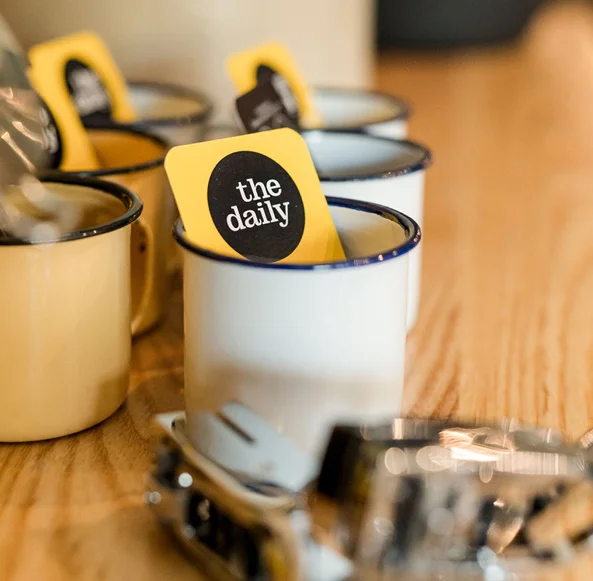What makes a good cup of coffee? (series introduction)
In the vast world of coffee, some cups rise above the rest. One sip of truly great coffee is all it takes to confirm that not all coffees are created equal, and to transform a supposedly simple drink into a remarkable experience!
But what exactly makes one cup of coffee stand out from the rest? Is it the beans, the roast, the brewing method … or something else entirely?
We’ve created this series of short articles to demystify that moment of coffee magic. Whether you’re someone who enjoys a reliable flat white every morning, or you’re curious about what terms such as single origin or medium roast really mean, we’ll walk you through the elements that make a good cup of coffee genuinely good – and why it matters.
What this series will cover
Over the next few write-ups, we’ll unpack everything from the differences between popular coffee drinks to the science of brewing, the role of milk, and even tips for making better coffee at home. Our aim? To give you enough insight to help you appreciate the craft, but without needing to become a brew maestro yourself.
You don’t need to know the pH of water or the altitude of a coffee plantation to enjoy a good brew. But a little understanding can go a long way in helping you choose better, taste better, and enjoy your coffee even more!
You’ll discover:
- What separates a cappuccino from a cortado
- Why different beans taste different
- How grind size and water temperature influence flavour
- Why good milk makes a big difference
- How to get more out of your home coffee routine
… and much more.
Coffee appreciation, made simple
At The Daily Coffee Café, we believe good coffee should be easy to enjoy. That’s why we take care of the details – from bean to brew – so you can simply sit back and savour the moment. Stay tuned as we dive deeper into the elements that make your daily cup truly worth it or, as we say, a cup above the rest!
Next up:
What am I ordering? A guide to coffee types on the menu.
From espresso and Americano to flat white and cortado, in our next blog entry we’ll give guidance with easy-to-understand descriptions of what they are and how they differ.








